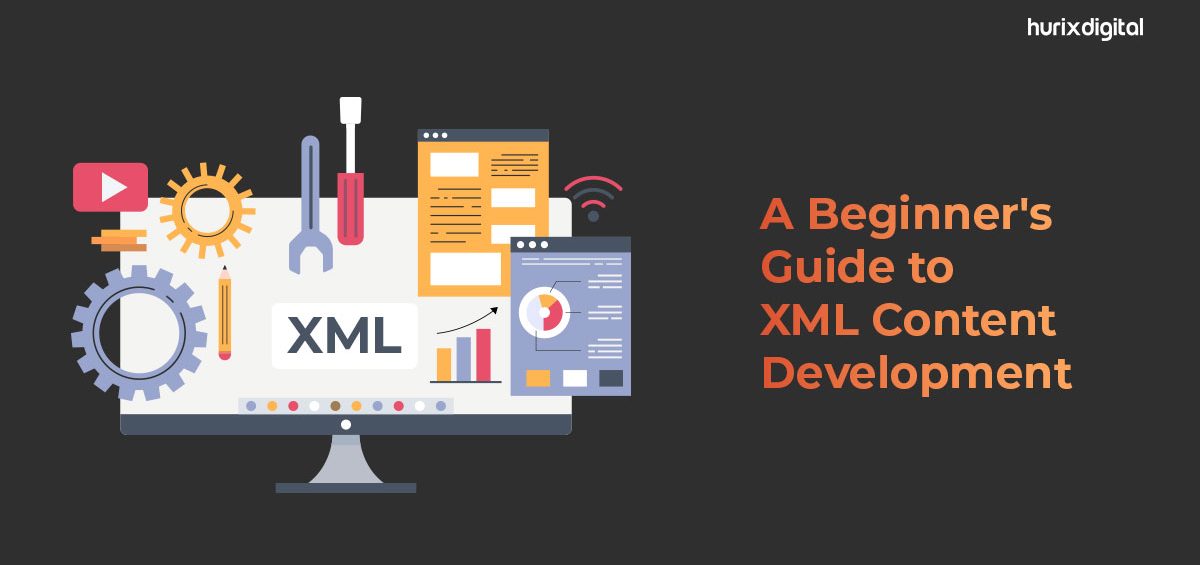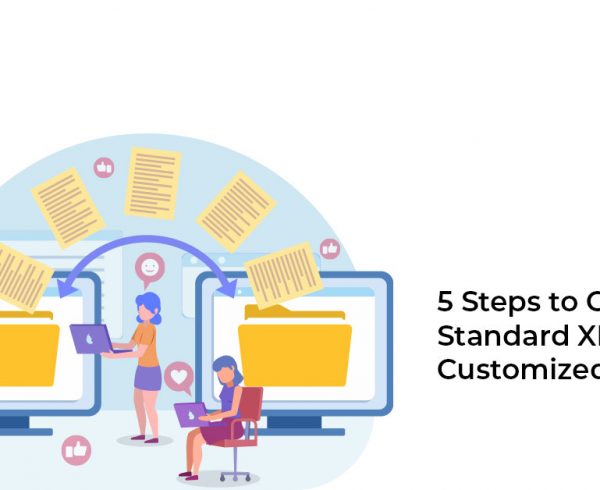Content development can also contribute to XML in several ways. XML (eXtensible Markup Language) is a language that is designed to store and transport data, and content development involves creating and managing digital content, such as text, images, and videos, for various platforms and media.
Table of Contents:
- Four Best Examples of How Content Development Can Contribute to XML
- Five Tools for Structuring and Organizing Content in XML
- Creating Content that can be Reused and Repurposed in XML
- Six Tips on Facilitating Content Translation and Localization in XML
- Seven Tips on Creating Accessible and Inclusive Content
Four Best Examples of How Content Development Can Contribute to XML:
- XML can be used to structure and organize content. Content developers can use XML to define the structure of their content, such as defining the hierarchy of headings, paragraphs, lists, and other elements, which can help make the content more accessible and machine-readable.
- XML can be used to create content that can be reused and repurposed. Content developers can use XML to create modular content that can be easily combined with other content and repurposed for different platforms and media, such as ebooks, websites, and mobile apps.
- XML can be used to facilitate content translation and localization. Content developers can use XML to separate content from presentation and define the metadata needed for translation, making it easier to translate and localize content for different markets and languages.
- XML can be used to create content that is accessible and inclusive. Content developers can use XML to create structured content that is designed to be accessible to people with disabilities, such as using semantic markup to identify headings, links, and other elements.
Overall, content development can contribute to XML by using it as a tool for structuring and organizing content, creating content that can be reused and repurposed, facilitating content translation and localization, and creating accessible and inclusive content.
Five Tools for Structuring and Organizing Content in XML
There are several tools available for structuring and organizing content in XML. Here are a few popular ones:
- XML editors: XML editors such as XMLSpy, oXygen XML Editor, and Altova XML Editor are powerful tools that allow you to create, edit, and validate XML documents. These editors typically come with features like syntax highlighting, auto-completion, and XML schema validation, which can help you structure XML content efficiently.
- XML schema editors: XML schema editors like Altova XMLSpy and Liquid XML Studio allow you to define and manage XML schemas, which can help you enforce consistency and structure in XML content.
- XSLT processors: XSLT processors like Saxon and Xalan allow you to transform XML documents into other formats, such as HTML or PDF. These tools can be used to structure and organize content in a way that makes it more accessible or readable.
- Content management systems: Content management systems (CMS) like Drupal and WordPress can be used to structure and organize content in XML. These systems typically come with features like content types, taxonomies, and metadata management, which can help you create a well-organized content structure.
- Programming languages: Programming languages like Java and Python have built-in XML parsing libraries that can be used to structure and manipulate XML content. These languages can be used to create custom tools and applications for organizing and managing XML content.
Overall, the choice of tool will depend on specific needs and requirements.
Creating Content that can be Reused and Repurposed in XML
Creating content that can be reused and repurposed in XML requires careful planning and implementation. Here are some steps to follow:
- Define a clear and consistent structure for content: This can be done using an XML schema or a document type definition (DTD). The structure should be flexible enough to accommodate different types of content while maintaining consistency.
- Use meaningful and descriptive elements and attribute names: This will make it easier to understand the content and reuse it in different contexts.
- Apply metadata to content: Metadata can help describe the content and provide additional information about its intended use. This can include information like author, date, and keywords.
- Use semantic markup: Semantic markup adds meaning to content by defining the relationships between elements. This makes it easier to repurpose content in different contexts.
- Create modular content: Break up content into smaller, reusable chunks that can be combined in different ways. This will make it easier to reuse and repurpose our content in different contexts.
- Avoid formatting and styling in the content: Instead, use Cascading Style Sheets (CSS) or other styling techniques to apply formatting and presentation. This will make it easier to repurpose the content for different mediums.
By following these steps, can create content that is well-structured, flexible, and easy to reuse and repurpose in different contexts.
Six Tips on Facilitating Content Translation and Localization in XML
Facilitating content translation and localization in XML involves designing XML structure and content with localization in mind. Here are some tips:
- Use Unicode character encoding: Unicode allows for multilingual support and is a standard for character encoding. Using Unicode, can ensure that content can be translated into any language without loss of data.
- Separate content from the presentation: Ensure that the XML document separates content from the presentation. This allows for easier translation without interfering with formatting or styling.
- Use a consistent and well-defined XML schema: A well-defined schema helps ensure consistency and accuracy during translation. By using a consistent schema, it becomes easier to locate content that requires translation.
- Use XML comments for context: Adding XML comments can provide contextual information for translators. This information can help them better understand the content and improve the translation quality.
- Use a Translation Memory tool: A Translation Memory tool helps to save previously translated content in a database, which can be used to quickly translate similar or identical content in the future. This saves time and ensures consistency in translations.
- Ensure that text expansions and contractions are taken into account: Different languages can have text expansions or contractions that impact the layout and design of the document. Be sure to allow for these differences when designing XML content.
By following these tips, can ensure that XML content is optimized for translation and localization, making it easier to reach a global audience.
Seven Tips on Creating Accessible and Inclusive Content
Creating accessible and inclusive content in XML requires designing content with accessibility in mind. Here are some tips:
- Use semantic markup: Semantic markup helps provide context and meaning to content, making it easier for assistive technologies to understand and present the content to users with disabilities.
- Provide alternative text for non-text content: For images, graphs, or charts, provide alternative text descriptions that explain the content to users with visual impairments.
- Use accessible color contrast: Ensure that there is sufficient contrast between text and background colors. This helps users with visual impairments to read the content more easily.
- Use descriptive link text: Avoid using generic link text like “click here”. Instead, use descriptive link text that provides context for the destination of the link.
- Make content keyboard accessible: Ensure that all functionalities can be accessed using a keyboard. This helps users who have difficulty using a mouse or other pointing device.
- Provide captions and transcripts for multimedia content: For videos and audio content, provide captions and transcripts to ensure that users with hearing impairments can access the content.
- Ensure that content is compatible with assistive technologies: Test content with screen readers, text-to-speech software, and other assistive technologies to ensure compatibility and usability.
By following these tips, can ensure that XML content is accessible and inclusive, making it easier for users with disabilities to access and engage with content.
Also Read – The Role of XML in Modern Web Development










